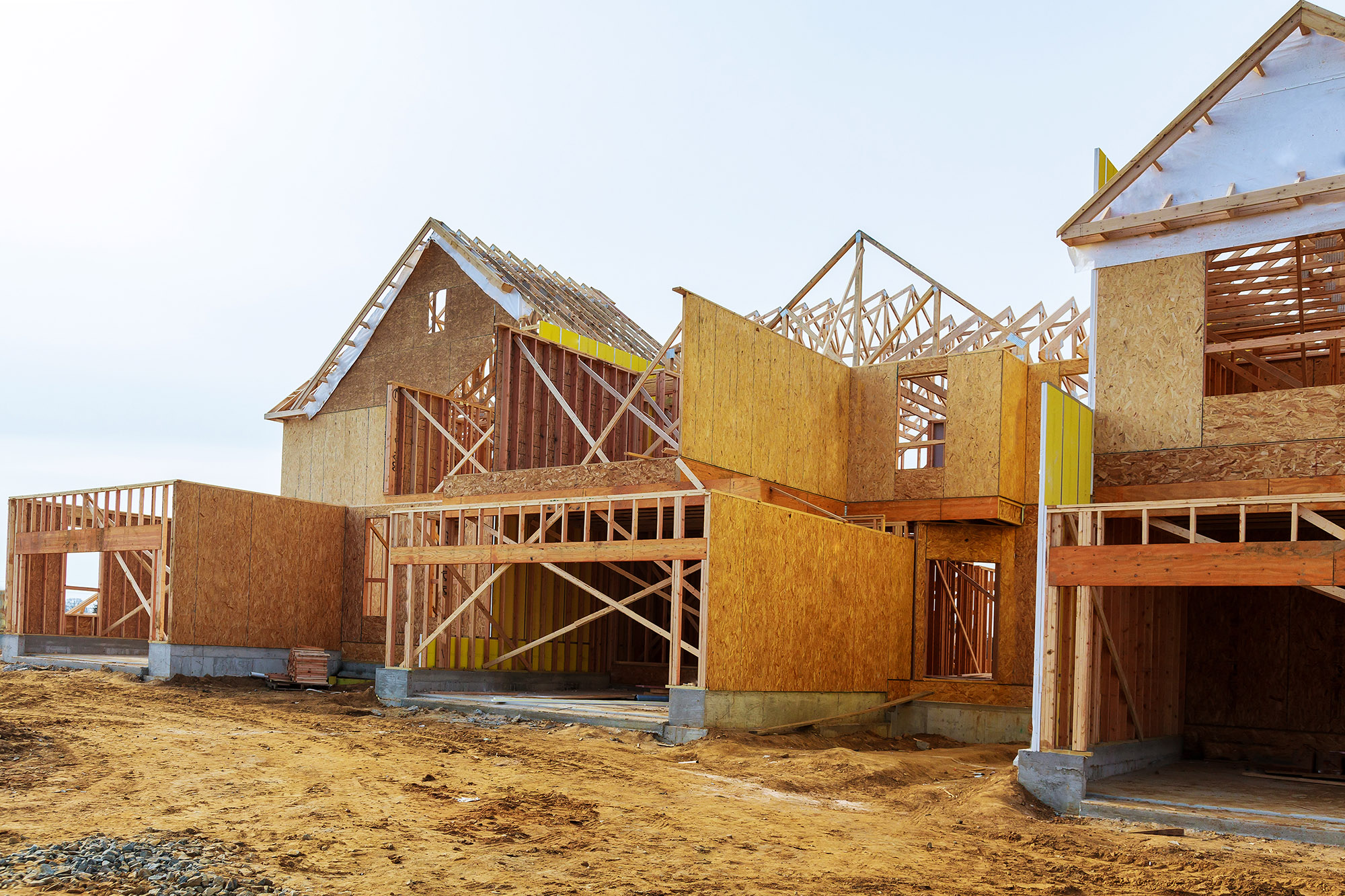Can New Suburban Housing Make Urban Areas More Affordable?
Over the past thirty years, real home prices and rents in dense urban centers in the US grew more rapidly than housing costs in suburban metropolitan neighborhoods. At the same time, the vast majority of housing supply growth has been in low-density suburbs, which accounted for less than half of the metropolitan area housing stock in the US in 1990 but more than 80 percent of the increase in housing supply between 1990 and 2018.
This pattern of rising prices in dense urban centers and expanding supply on the urban periphery reflects both a secular increase in the demand for urban amenities and the difficulty of building in already developed central neighborhoods. But the pattern also raises an important question about how US cities can best address the housing affordability crisis. Namely, can continued suburban expansion alleviate rising housing costs in the urban center, or will cities have to grow denser to become more affordable?
In a new working paper, Robert French and I seek to answer this question by examining how residential mobility connects different housing submarkets. We show that new suburban single-family housing construction leads to few moves by households in low-income urban neighborhoods. We then conduct a simulation exercise that shows that the effect of new housing construction on housing costs in other submarkets is strongly related to the number of moves in the submarket created by that new construction. Together, these results imply that building new suburban housing does little to lower housing costs for the urban households most vulnerable to rising urban housing costs.
Our analysis uses data from the Census Bureau’s Master Address File on the residential histories of the US population between 2000 and 2021 to directly study how households substitute between different kinds of housing units. Specifically, we examine “residential vacancy chains” – the series of moves between housing units initiated by new housing construction. The first “link” of a vacancy chain is formed when a new unit is built and someone moves in, leaving their origin unit vacant. The second link is formed when someone moves into that vacated unit, leaving their origin unit vacant. The chain continues in this way until it ends, either because the origin unit is not vacated, because the vacated origin unit remains vacant or is demolished, or because the mover's origin unit lies outside the US. By constructing these vacancy chains, we can trace the impact of new housing constructed in one submarket on other submarkets.
In the first part of our paper, we construct over 1.2 million vacancy chains initiated by new single-family housing construction in low-density suburban neighborhoods between 2009 and 2018. We describe these chains in detail and compare them to 350,000 vacancy chains initiated by new multifamily construction in high-income urban neighborhoods.
We show that while vacancy chains that grow long enough do connect disparate housing submarkets, vacancy chains are generally quite short, with 90 percent ending within three migration rounds. As a result, the two kinds of new housing construction we study create few vacancies in low-income urban neighborhoods: high-income urban multifamily and low-density suburban single-family housing respectively create only .03 and .015 vacancies in below-median income tracts in the top decile of population density.
We go on to conduct a simulation exercise that connects the observed characteristics of vacancy chains to the unobserved price and welfare consequences of new housing construction. (We conduct these simulations using a model and preference parameters taken from Bayer, Ferreira, and McMillan (2007) and data drawn from the IPUMS 1990 5 percent sample.)
We first simulate an initial equilibrium set of prices and matches between households and housing units; then, iterating many times, we add a small number of new housing units to a randomly chosen neighborhood and simulate the new equilibrium prices and matches. The difference between the initial equilibrium and the new equilibrium implies a set of vacancy chains, price effects, and welfare effects, which we analyze to understand what vacancy chains can tell us about the price and welfare effects of new housing.
A key finding of our simulation exercise is that neighborhoods where more vacancies are created by new housing experience a greater decrease in housing costs. This result confirms what our descriptive analysis suggests – that expanding the supply of suburban housing will not make dense urban areas more affordable. Instead, policies that promote greater urban density – and especially those that increase the supply of relatively affordable housing – will be more effective at making cities more affordable for low- and middle-income households.
While our analysis focuses on the connections between suburban and urban housing markets, our paper is motivated by and informs a broader policy debate over how best to address the housing affordability crisis. On one side of the debate are those who argue that residential mobility between submarkets is high, so increasing aggregate housing supply will make housing more affordable for everyone, regardless of what kind of housing is built and where it is built. Those on the other side of the debate argue that residential mobility is in fact low, and therefore building more housing will make cities more affordable for low- and middle-income families only if the newly built housing is relatively affordable and located near those families. Our finding that vacancy chains are short supports this latter view that what kind of housing we build and where we build it determines who benefits from increased housing supply. Specifically, our work suggests that building our way out of the housing affordability crisis in a way that benefits low- and middle-income urban households will require policies that increase the supply of housing that is financially and geographically accessible to those households.

